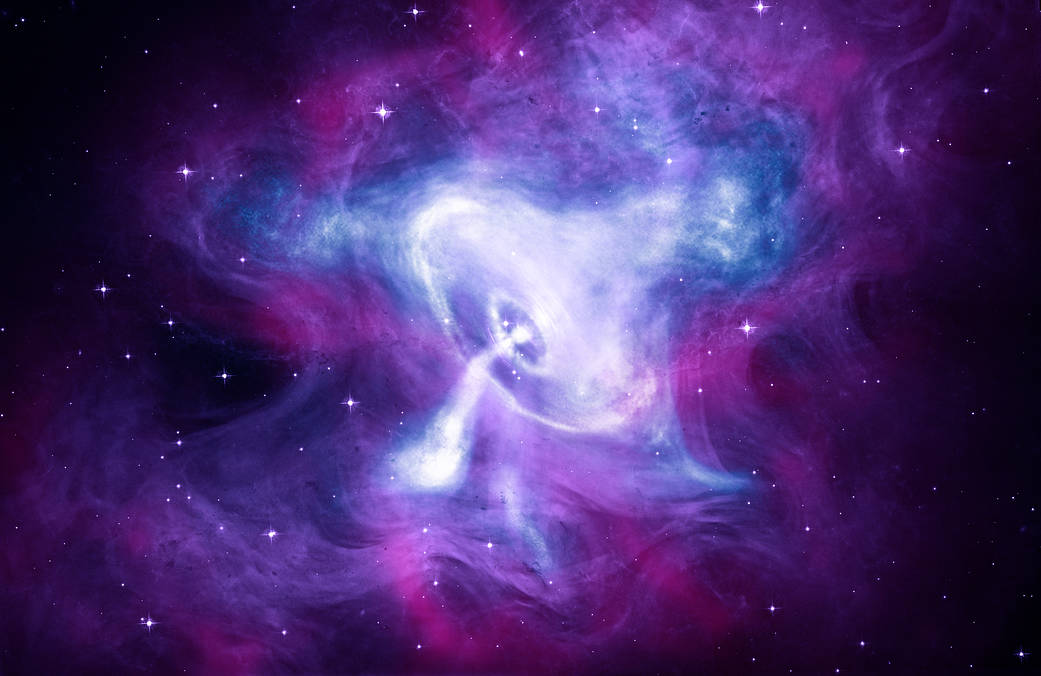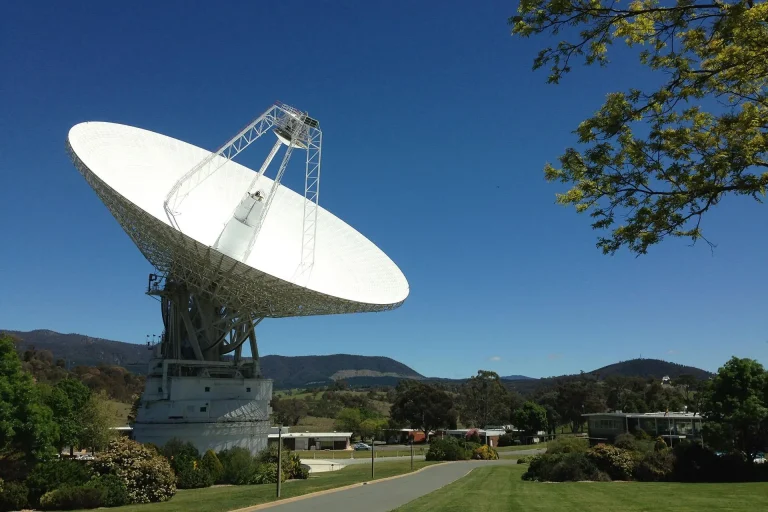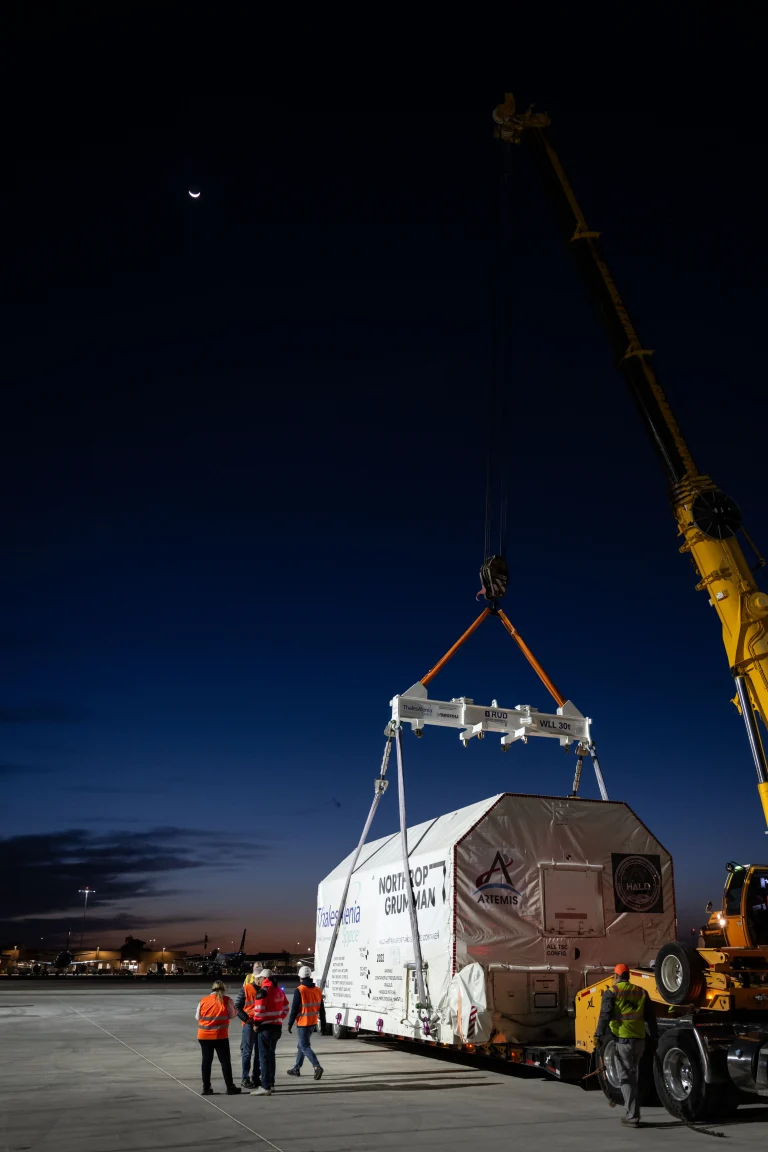This 2018 composite of the Crab Nebula was made with data from the Chandra X-Ray Observatory (blue and white), Hubble Space Telescope (purple), and Spitzer Space Telescope (pink). The star that exploded to create the Crab Nebula was first seen from Earth in 1054 A.D.
Since its launch in 1999, Chandra has frequently observed the nebula and x-ray observations have helped astronomers better understand this spectacular object. The Crab Nebula was one of the first objects that Chandra examined with its sharp X-ray vision, and it has been a frequent target of the telescope ever since.
There are many reasons that the Crab Nebula is such a well-studied object: it is one of a handful of cases where there is strong historical evidence for when the star exploded. Having this definitive timeline helps astronomers understand the details of the explosion and its aftermath.
In the case of the Crab, observers in several countries reported the appearance of a “new star” in 1054 A.D. in the direction of the constellation Taurus. Much has been learned about the Crab in the centuries since then. Today, astronomers know that the Crab Nebula is powered by a quickly spinning, highly magnetized neutron star called a pulsar, which was formed when a massive star ran out of its nuclear fuel and collapsed. The combination of rapid rotation and a strong magnetic field in the Crab generates an intense electromagnetic field that creates jets of matter and anti-matter moving away from both the north and south poles of the pulsar, and an intense wind flowing out in the equatorial direction.
Image Credit: X-ray: NASA/CXC/SAO; Optical: NASA/STScI; Infrared: NASA-JPL-Caltech
这张2018年蟹状星云的合成图是由钱德拉X射线天文台(蓝色和白色)、哈勃太空望远镜(紫色)和斯必泽太空望远镜(粉红色)的数据制成的。在公元1054年,人们首次在地球上观测到爆炸形成蟹状星云的恒星。
自从1999年发射以来,钱德拉望远镜经常观测星云,并且X射线观察帮助天文学家更好地了解了这个壮观的天体。蟹状星云是钱德拉望远镜凭借其敏锐的X射线视野观测到的首批天体之一,从那以后,它就一直是望远镜观测的目标。
蟹状星云是个经过充分研究的对象,其原因有很多:它是为数不多的几个有强有力的历史证据证明恒星爆炸时间的案例之一。通过这条确定的时间线,天文学家可以了解爆炸的细节及其后果。
以螃蟹星云为例,几个国家的观察者报告说,在公元1054年,在金牛座方向出现了一颗“新星”。从那时起的几个世纪里,人们对螃蟹星云有所了解。如今,天文学家知道,蟹状星云是由一颗快速旋转的、高度磁化的中子星驱动的,该中子星称为脉冲星,它是由一颗巨大的恒星耗尽核燃料并坍塌而形成的。蟹状星云的快速旋转和强磁场的结合产生了强烈的电磁场,产生了物质和反物质的喷射流,从脉冲星的南北极向外移动,并在赤道方向产生了强烈的风。
图片来源:X-ray: NASA/CXC/SAO; Optical: NASA/STScI; Infrared: NASA-JPL-Caltech







